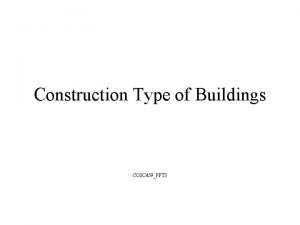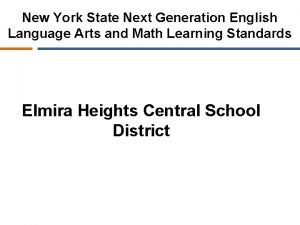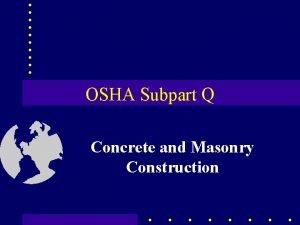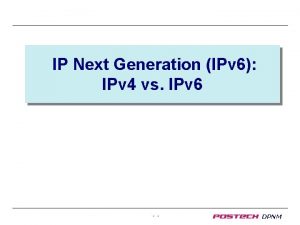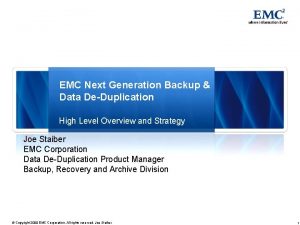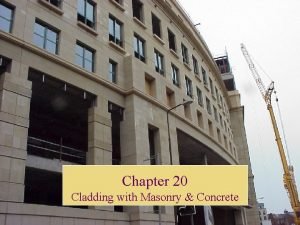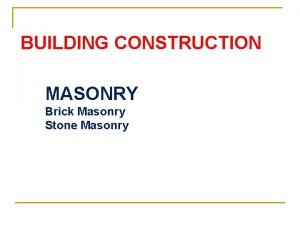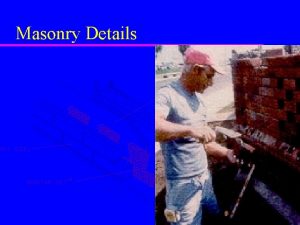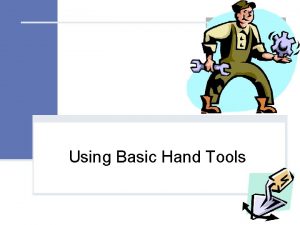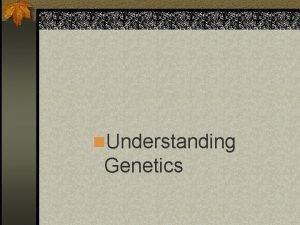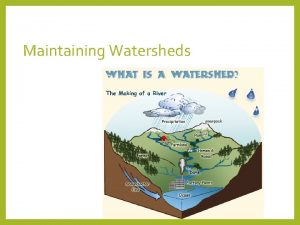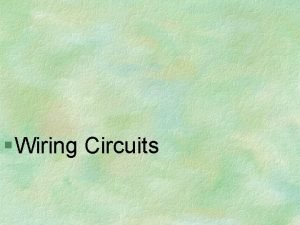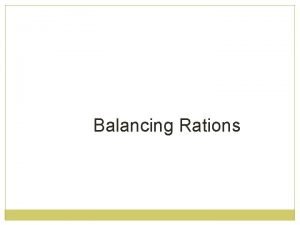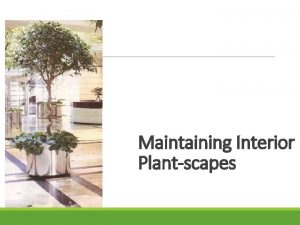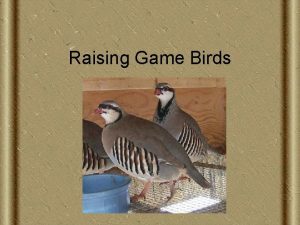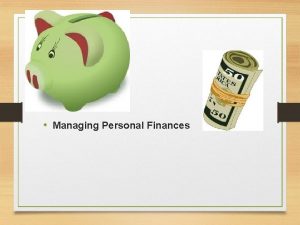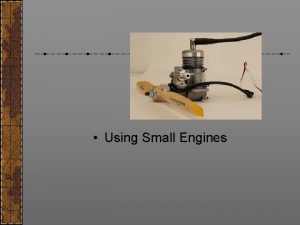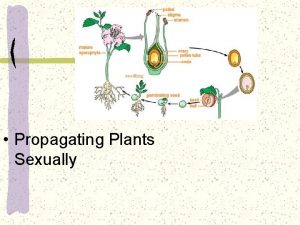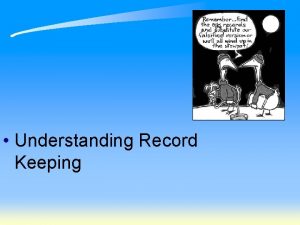Concrete Masonry Tools Next Generation ScienceCommon Core Standards






























- Slides: 30

Concrete – Masonry Tools

Next Generation Science/Common Core Standards Addressed! CCSS. ELALiteracy. RST. 9‐ 10. 4 Determine the meaning of symbols, key terms, and other domain‐specific words and phrases as they are used in a specific scientific or technical context relevant to grades 9– 10 texts and topics. CCSS. ELALiteracy. RST. 9‐ 10. 7 Translate quantitative or technical information expressed in words in a text into visual form (e. g. , a table or chart) and translate information expressed visually or mathematically (e. g. , in an equation) into words. CCSS. ELALiteracy. RST. 11‐ 12. 9 Synthesize information from a range of sources (e. g. , texts, experiments, simulations) into a coherent understanding of a process, phenomenon, or concept, resolving conflicting information when possible.

Agriculture, Food and Natural Resource Standards Addressed! • PST. 01. 02. Apply physical science and engineering principles to design, implement and improve safe and efficient mechanical systems in AFNR situations. • PST. 01. 02. a. Identify the tools, machines and equipment needed to construct and/or fabricate a project in AFNR.

Brick Grooving Tool • Used to form a clean uniform groove between masonry such as bricks and cinder blocks.

Brick Scoring Chisel • Used to score bricks and blocks so that they can be cut using a hammer.

Brick Tongs • Used to carry one or more blocks or bricks to the location where they will be mortared into place.

Brick Trowel • Used to apply mortar to bricks, masonry blocks, and setting the masonry units.

Brick • Comes in a variety of sizes and colors. They are commonly used as the finish for exterior walls. Many have two large holes in the middle to enhance mortar adhesion.

Bull Float • Used to eliminate the high and low spots or ridges left behind by the straight edge when striking off concrete.

Cap Block • Used as the top layer on a cinder block wall. It may be flat or have a rounded top.

Carbide Tipped Masonry Drill • Used to drill holes in masonry and concrete.

Ceramic Tile • Ceramic Floor covering that is durable and long lasting.

Cinder Block • Structural block which is used for walls, building footings, and to support floors.

Concrete Edger • Creates a rounded edge on wet concrete which allows form removal without damage.

Concrete Finishing Trowel • Used to produce a smooth surface on concrete.

Concrete Smoothing Tool • Used to remove rough edges from hardened concrete.

Deck Block • Large cinder block with a notch top. It is used to hold support beams for walls and decks.

Expansion Joint • Placed between slabs of concrete to allow for expansion and contraction due to temperature changes.

Concrete Groover • Used to cut an expansion joint partly through fresh concrete.

Magnesium Float • Used to compact concrete and remove the bull float marks.

Mud Mixer • Most commonly used to mix grout when laying ceramic tile or to mix small amounts of mortar.

Notched Trowel • Used to apply grout to a concrete floor before laying ceramic tile in place.

Plastic Grout Float • Used to apply grout between tile joints. The plastic edge will not scratch the tile surface.

Rebar • Metal rods used to reinforce concrete. It has visible ribs that concrete adheres to.

Tile Cutter • Used to score(scratch) ceramic tile similar to scoring glass. Pressing down on the handle snaps the tile into two pieces.

Tile Wet Saw Used to cut ceramic tile. Water is circulated onto the blade to reduce friction and keep the blade cool.

Tile Pliers • Used to clip rough or crooked pieces of tile after cutting.

Tile spacers • Placed between tiles when setting grout to maintain uniform lines.

Wire Twister • Used to twist wires that hold rebar together when pouring floors, foundations and footings.

The End!
 Type 3 ordinary construction
Type 3 ordinary construction X.next = x.next.next
X.next = x.next.next Nys next generation standards math
Nys next generation standards math Next generation science standards california
Next generation science standards california Nys ela standards
Nys ela standards Next generation personal finance standards
Next generation personal finance standards Next gen math standards
Next gen math standards Financial literacy grade 8
Financial literacy grade 8 Osha part 1926 subpart cc
Osha part 1926 subpart cc Cmaa masonry
Cmaa masonry What are the six ministerial priorities
What are the six ministerial priorities First gen antipsychotics
First gen antipsychotics You are good and your mercy endureth forever
You are good and your mercy endureth forever Concrete semi concrete abstract
Concrete semi concrete abstract Concrete semi concrete abstract
Concrete semi concrete abstract Palo alto traps gartner
Palo alto traps gartner Next generation wireless communication market
Next generation wireless communication market Next gen clinical judgement model
Next gen clinical judgement model Next generation soc
Next generation soc Next-generation smart contracts
Next-generation smart contracts Vaccine therapy
Vaccine therapy Vendor management matrix
Vendor management matrix Next generation learning platform
Next generation learning platform Palo alto networks next generation security platform
Palo alto networks next generation security platform What is next generation text service
What is next generation text service Next generation nclex project
Next generation nclex project Electrical energy
Electrical energy Nextgen electronic medical record
Nextgen electronic medical record Ip next generation
Ip next generation Next generation backup
Next generation backup Educating the next generation of leaders
Educating the next generation of leaders
